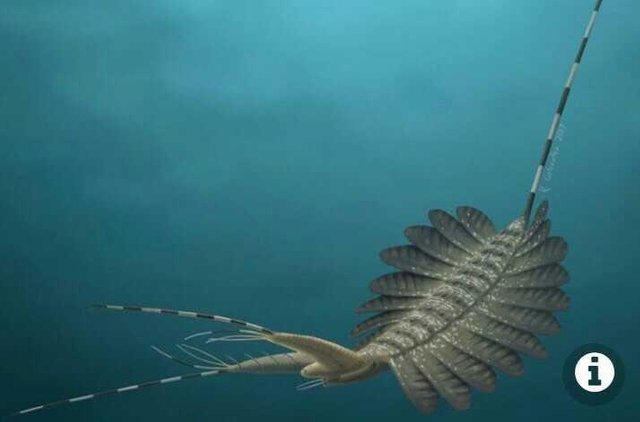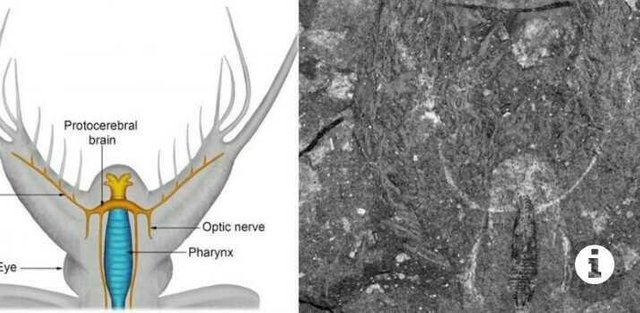Fossil Brain Monster Sea It Reveals More Complex Evolution

In 2011 to 2016, international joint paleontologists managed to find dozens of fossils of marine monsters estimated to be over 520 million years old at Buen Formation of Sirius Passet, North Greenland.
Not just one, they found 15 brain fossils of marine predators named Kerygmachela kierkegaardi.
This beast is oval and has long hornlike organs in its head. It also has 11 pairs of fins on each side and a skinny tail.
For the world of science, the anatomy of K. kierkegaardi is not new. However, not with his brain.
British paleontologist Jakob Vinther says that the length of his brain can reach 10 inches or 25 centimeters.
If the vertebrate brain like humans is divided into three parts, then this fossil predator brain has only one part.
This means that the animal's brain in the past was not as complex as the human brain or arthropods like spiders, lobsters, and butterflies that had three parts.

The brain finding with one part is very important.
Moreover, scientists previously suspected that the ancestors of all vertebrates (fish, amphibians, reptiles, fowls, and mammals) and arthropods have three parts of the brain.
Based on the results of anatomical analysis, Kierkegaardi's brain helps to conserve or distribute nerves to large eyes and organs on the forehead to hunt prey.
This extinct creature uses 11 pairs of fin folds to swim through water and hunt.
His large eyes are also useful for highlighting the evolution of arthropods.
These eyes are among the very simple eyes that belong to the velvet worm and the bear of water, with the eyes of the arthropod so complex.
Based on these findings, the researchers managed to uncover what the ancient anatomy of ancient creatures looked like. In addition to the brain, the researchers also found that this animal has a much more nervous system than animals today.